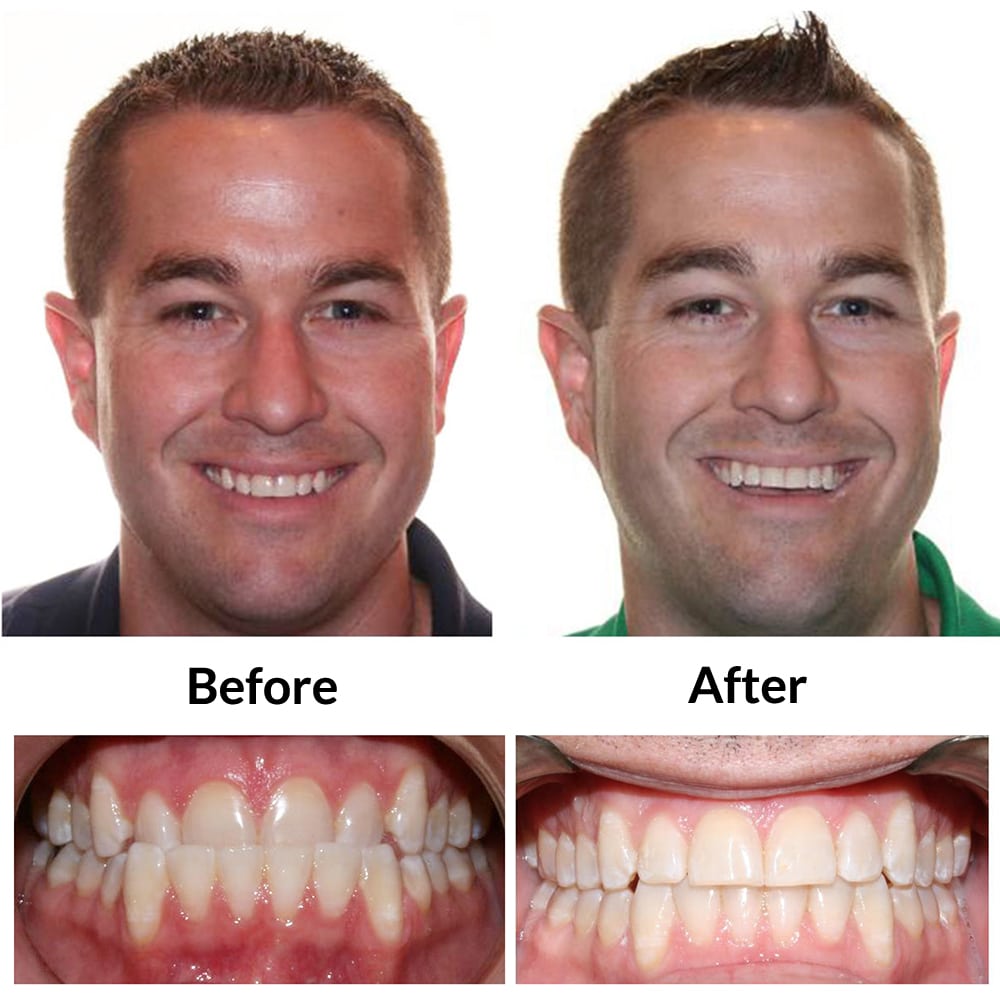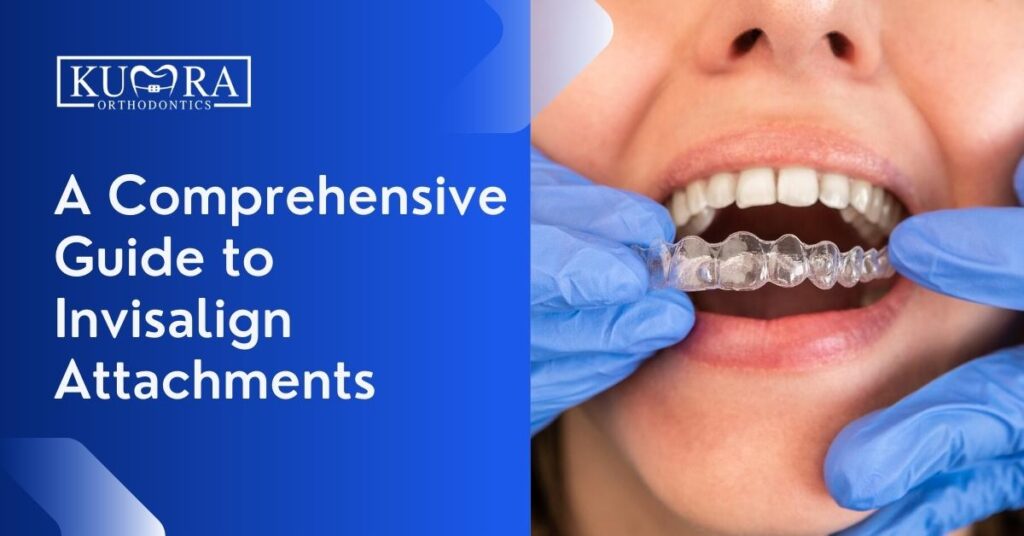Success Stories: How Invisalign Changed Lives and Enhanced Confidence
Success Stories: How Invisalign Changed Lives and Enhanced Confidence
Blog Article
Invisalign vs. Traditional Braces: Which Choice Is Right for You?
When considering orthodontic therapy, the option in between Invisalign and standard dental braces presents numerous essential elements that warrant cautious assessment. Invisalign supplies a discreet choice with removable aligners, while standard dental braces provide a much more noticeable yet efficient remedy for severe imbalance.
Review of Therapy Alternatives

In comparison, traditional dental braces contain steel brackets and cords that are bound to the teeth. This method applies continual pressure in time to attain placement. While effective for intricate orthodontic issues, standard braces call for normal gos to for adjustments and can pose obstacles in keeping oral health because of the trouble of cleaning around cables and braces.
Both alternatives have their qualities, and the choice commonly rests on certain oral conditions, way of life preferences, and individual conformity. Ultimately, seeking advice from an orthodontic professional is essential for determining one of the most ideal therapy plan customized to specific needs. Comprehending the subtleties of each choice can considerably influence the overall success of orthodontic treatment.
Visual Factors To Consider
A considerable variable affecting the choice between Invisalign and standard braces is the visual appeal each treatment supplies. Invisalign aligners are crafted from clear plastic, making them virtually invisible when put on. This very discreet appearance is specifically interesting young adults and adults who might feel uncomfortable about their orthodontic therapy. The capability to preserve an all-natural smile throughout the positioning process can considerably enhance the patient's self-confidence in social and expert settings.
On the other hand, traditional dental braces consist of steel brackets and cables, which can be much more recognizable. While innovations in orthodontic technology have actually led to the growth of smaller sized brackets and colored elastics, typical braces still keep an even more conspicuous profile. For some people, the visibility of braces might deter them from seeking essential treatment.
Eventually, the selection in between Invisalign and conventional dental braces might depend upon personal choices relating to visual appeals. Individuals who focus on discretion commonly favor Invisalign, while those who are much less worried concerning presence may decide for conventional braces. Understanding the visual effects of each option is vital for making an informed choice that aligns with one's lifestyle and choices.
Comfort and Convenience

In regards to convenience, Invisalign aligners are detachable, enabling people to appreciate their preferred foods without restriction and maintain optimum oral health. Brushing and flossing are streamlined, as the aligners can be gotten throughout these routines, whereas conventional braces need cautious navigating around cords and braces.
In addition, Invisalign's progressive system enables fewer orthodontic visits. Clients usually obtain several sets of aligners at the same time, which can simplify the treatment process and decrease time invested in the orthodontist's chair. On the other hand, standard braces require regular modifications, making them much less hassle-free for those with busy timetables. Invisalign. Generally, the comfort and convenience of Invisalign make it an enticing option for many people seeking orthodontic therapy.
Therapy Duration and Effectiveness
While both Invisalign and typical dental braces work in remedying dental imbalances, the duration of treatment can differ considerably between both options. Generally, Invisalign therapy can take anywhere from 12 to 18 months, depending upon the intricacy of the situation. The clear aligners function by slowly changing teeth right into their preferred placements, and regular follow-ups with an orthodontist aid make sure progress remains on course.
On the other hand, conventional braces often need a longer dedication, typically varying from 18 months to three years. This is because of their set nature and using brackets and cables, which can be a lot more effective for extreme misalignments and intricate situations (Invisalign). The therapy effectiveness of typical braces is well-documented, as they enable specific adjustments and greater control over tooth motion
Inevitably, the choice between Invisalign and typical braces might hinge on both the anticipated therapy period and the details oral concerns handy. Consulting with an orthodontist is essential, as they can offer tailored directory recommendations based upon specific demands, making certain the picked technique lines up with desired outcomes and timeframes.
Expense Comparison and Insurance Alternatives
Price plays a substantial function in the decision-making process for people taking into consideration orthodontic treatment, whether choosing for Invisalign or traditional dental braces. On standard, the expense of Invisalign ranges from $3,000 to $8,000, while traditional dental braces commonly set you back between $2,000 and $6,000. Factors affecting these expenses include the complexity of the instance, the duration of treatment, and geographical location.
Insurance insurance coverage can significantly affect out-of-pocket costs. Numerous dental insurance strategies supply partial protection for orthodontic therapies, yet the specifics can vary extensively. It is vital for individuals to examine their insurance coverage to identify the extent of insurance coverage for either choice. Normally, standard braces might be a lot more often covered by insurance coverage strategies compared to Invisalign, which some insurance providers categorize as an aesthetic procedure.
In addition, numerous orthodontic methods use adaptable payment strategies, making both therapy options much more easily accessible. Patients ought to ask about prospective funding options and discounts for upfront payments. Evaluating the total price, consisting of insurance policy benefits and layaway plan, is vital for making an educated decision that straightens with both aesthetic preferences and budget factors to consider.

Final Thought
In summary, the selection in between Invisalign and standard dental braces rests on several factors, including these details visual preferences, useful site comfort, therapy period, and price. Invisalign supplies a very discreet, detachable alternative that facilitates dental hygiene and nutritional adaptability, while typical dental braces may be better for complicated dental concerns and usually come at a reduced rate point. Eventually, appointment with an orthodontist is necessary to evaluate private circumstances and figure out one of the most suitable therapy alternative for achieving optimal oral placement.
When considering orthodontic treatment, the option in between Invisalign and typical braces presents numerous vital factors that merit cautious analysis.Contrasting Invisalign and conventional braces exposes distinctive therapy options for orthodontic modification.While both Invisalign and typical braces are effective in remedying oral misalignments, the duration of therapy can vary substantially in between the two choices.Expense plays a considerable role in the decision-making process for individuals considering orthodontic treatment, whether deciding for Invisalign or typical dental braces.In recap, the option between Invisalign and conventional dental braces pivots on several factors, including aesthetic choices, convenience, therapy duration, and expense.
Report this page